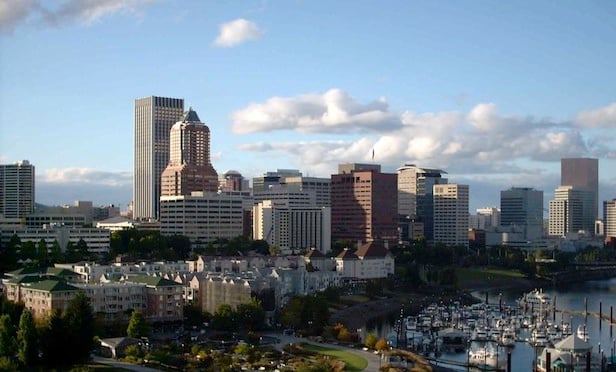IRVINE, CA—With many Millennials and Baby Boomers showing preferences for the urban lifestyle, downtown retail may have some advantages—but not all—over strip centers, GlobeSt.com: What are the main advantages of downtown retail over strip malls? Muoio: The resurgence of domestic travel since the recession has been favorable to downtowns. It's bringing money in from outside the area, and this gets repeated over and over as people visit different cities. The underappreciated element of downtowns is that they tend to contain tourist attractions such as museums, restaurants and stores. New York's SoHo used to be a depressed area, and so was the Meatpacking District, and now they're both major tourist destinations because of the shopping. Like the Gaslamp District in San Diego, these areas have been gentrified over the past several decades, and people now want to go there to dine, experience and shop. GlobeSt.com: What are the main advantages of strip-mall retail over downtown? Muoio: Strip malls are convenient places to go. They tend to be anchored by grocery stores, and they're better for necessities and services than downtown. Downtown is more for the experience and entertainment. GlobeSt.com: How should retailers approach each type of retail in order to maximize sales? Muoio: Suburban strip centers can start to offer more of an experience for shoppers so that they're not just going there to shop. Maybe they'll go there because they're going to spend the afternoon or evening, eat and shop. This is a way to generate more traffic beyond the retail outlet. It gets into the whole lifestyle aspect. Downtown retail developers should follow the New York model, where there's ground-level retail with apartments and offices above it. If people are living there, they'll be coming out of their apartments to walk around, shop and eat. There's also the transit connection. All of these generate traffic that generates retail sales. To me, it's as if the world is really just emulating Brooklyn in all kinds of ways.Recommended For You
© 2025 ALM Global, LLC, All Rights Reserved. Request academic re-use from www.copyright.com. All other uses, submit a request to [email protected]. For more information visit Asset & Logo Licensing.






